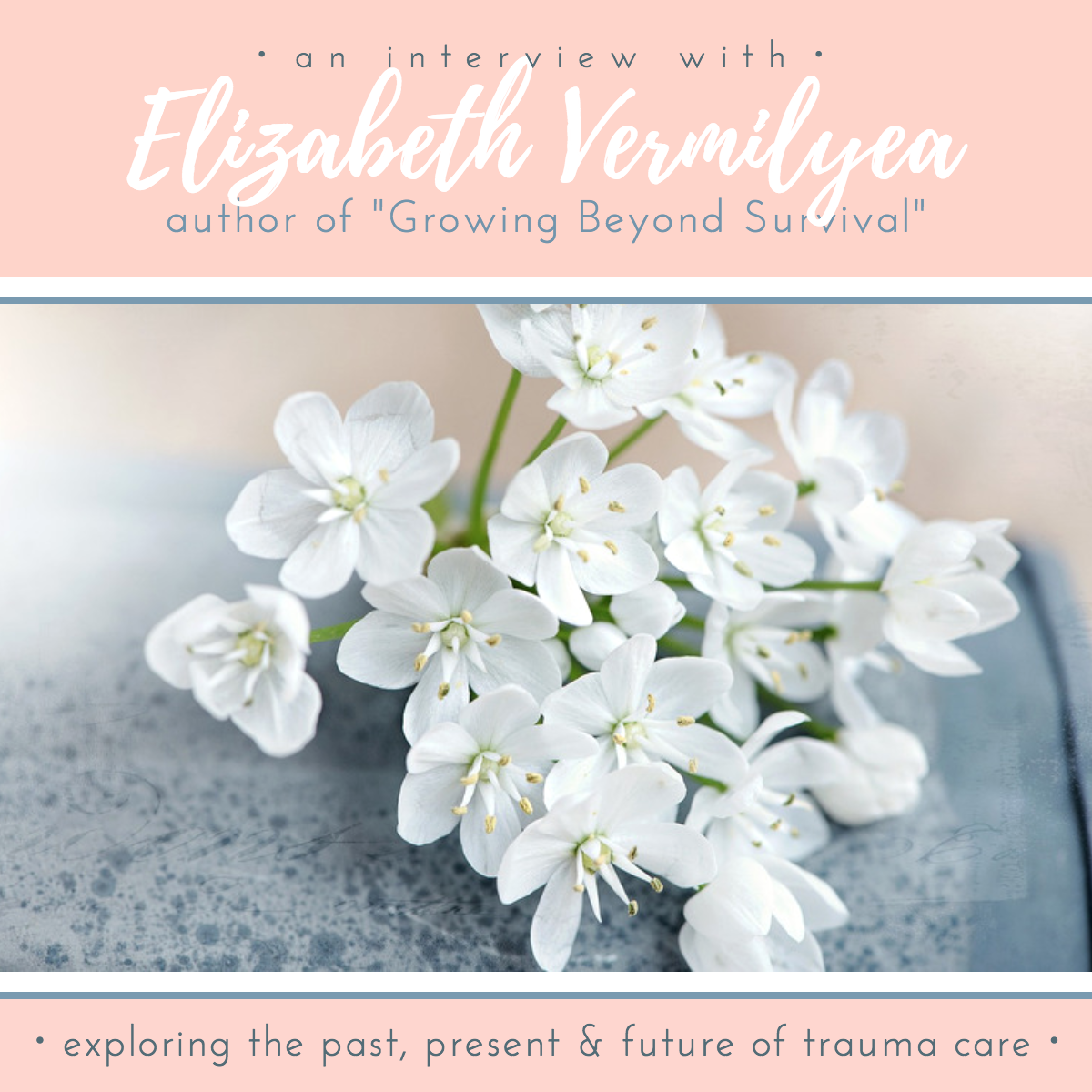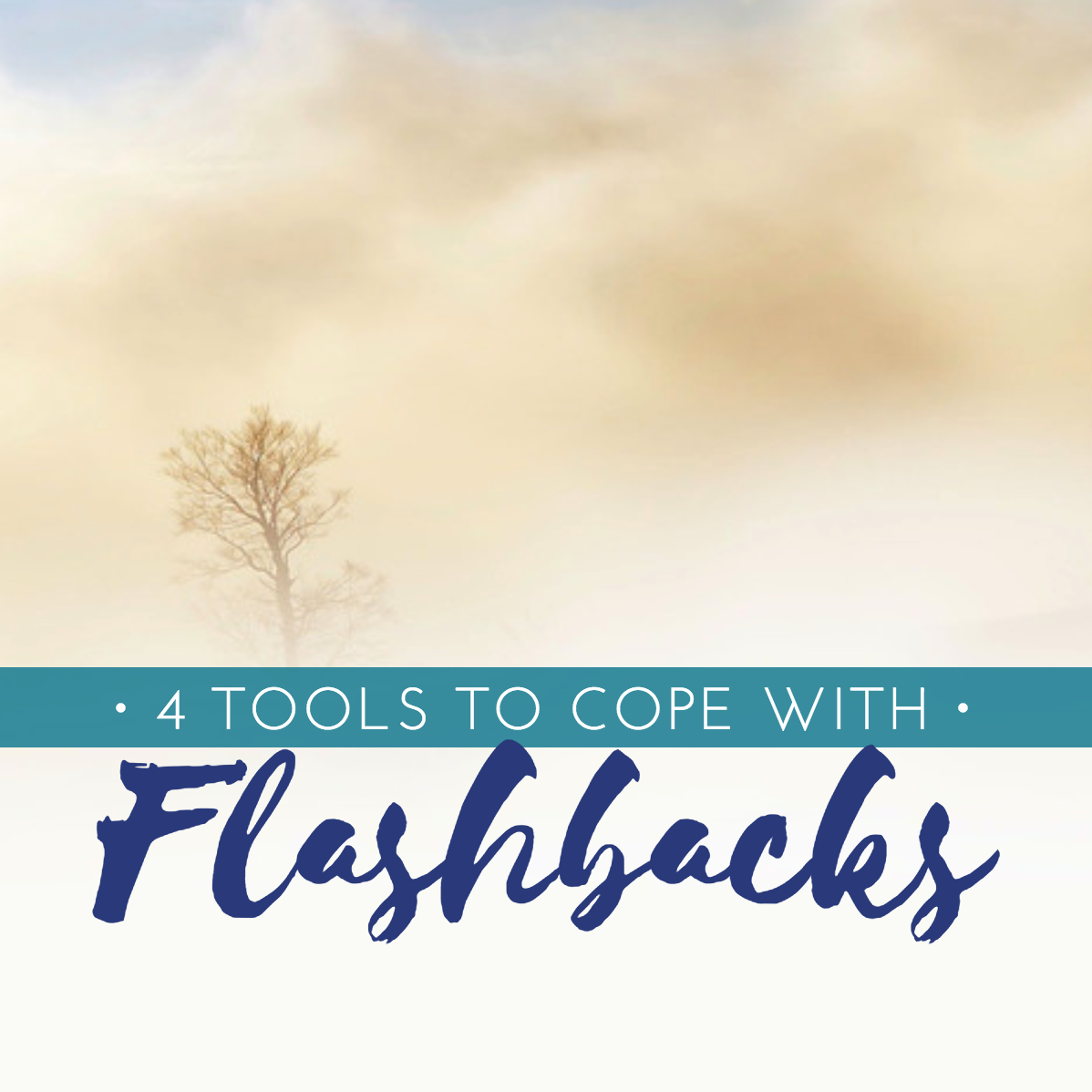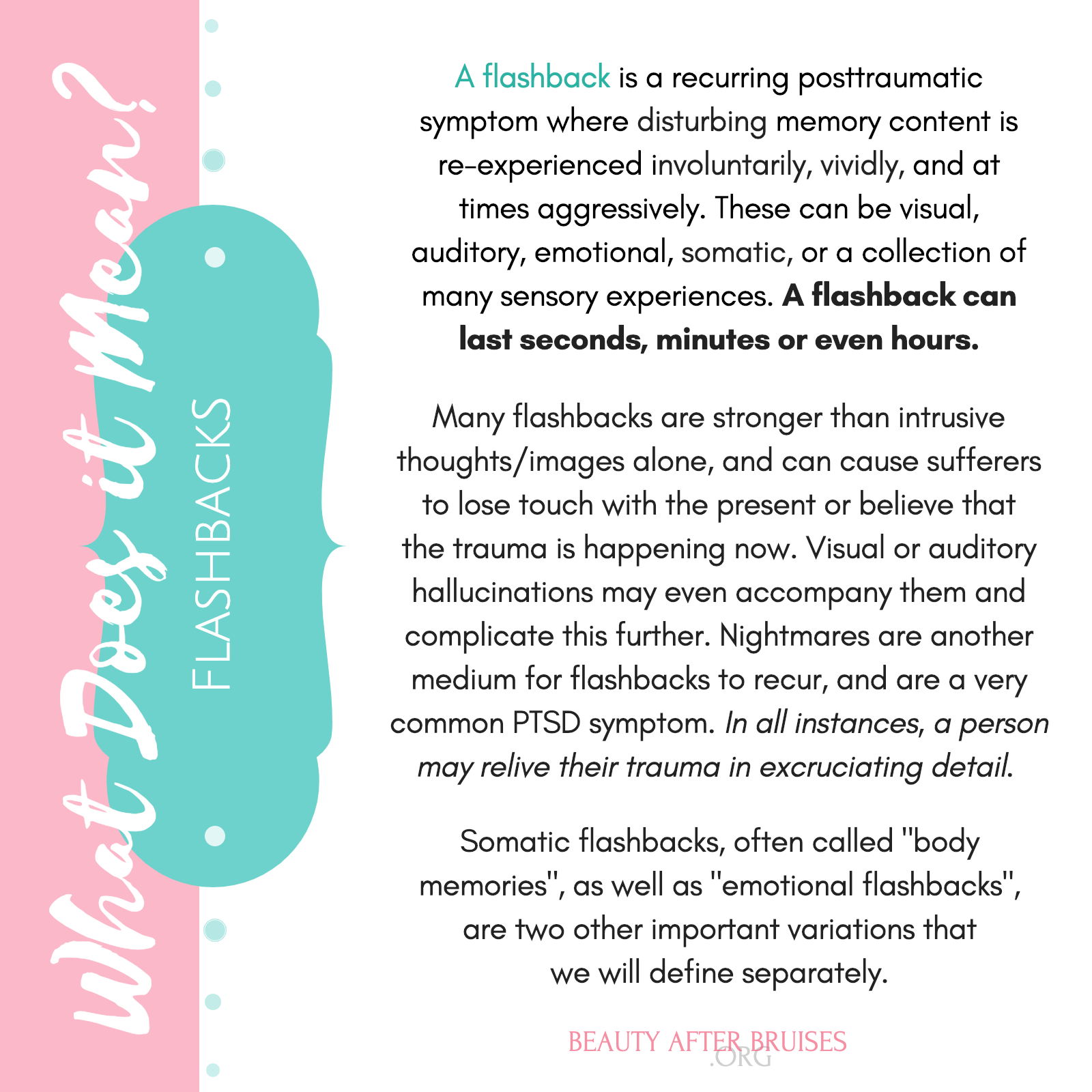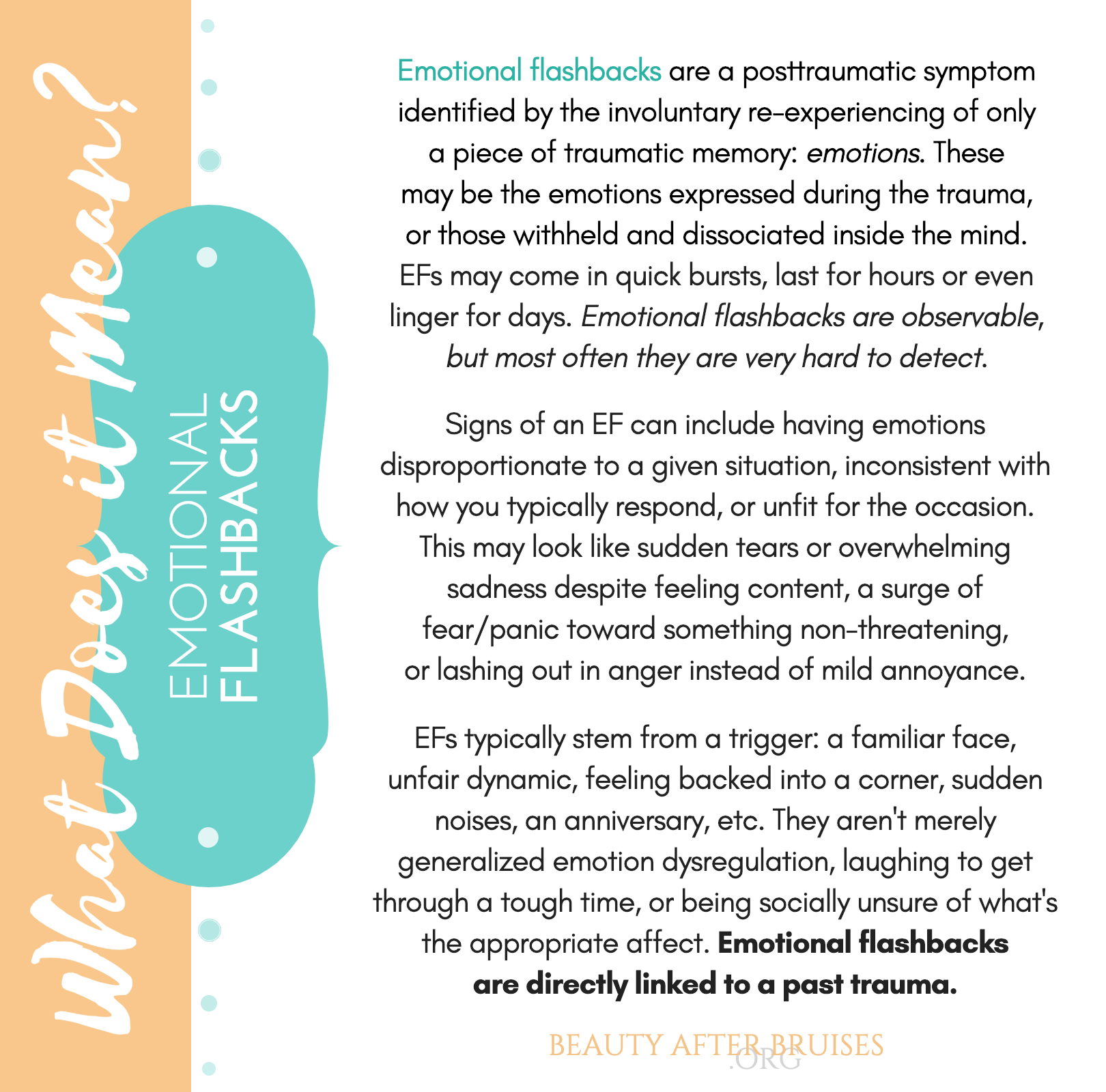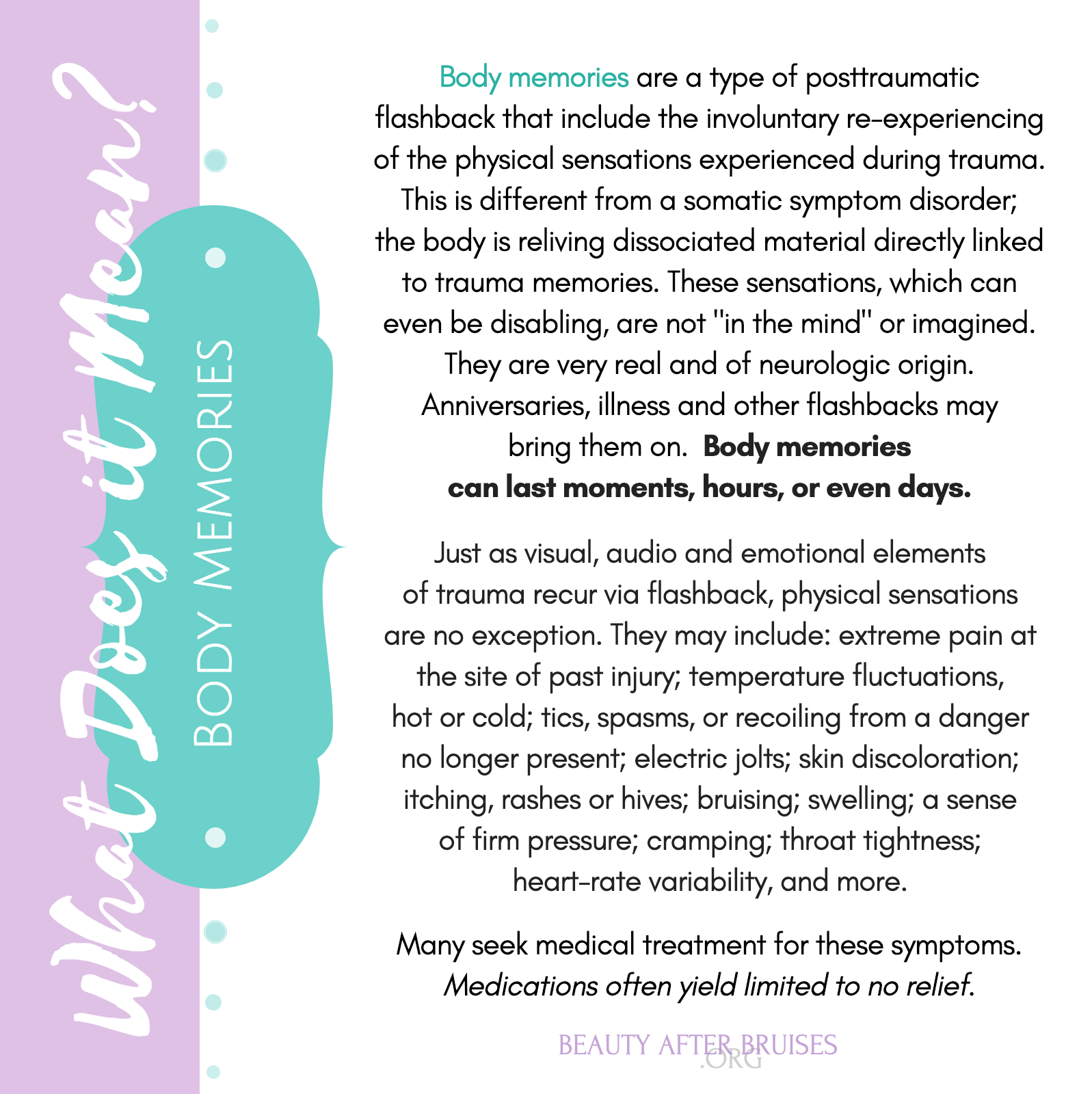If you've worked in the field of trauma and dissociation for any amount of time, the name Elizabeth Vermilyea will likely be very familiar to you. For survivors new to their healing, you may not know her by name, but you've most certainly been using her tools and symptom management skills! In part due to her own humility and unassuming disposition, it's quite possible to be unaware of the impact of Elizabeth's work, despite having benefitted from it for years and years. If learning the detailed process of containment, modulation, healing pool/healing light imagery, or the more welcoming takes on internal communication, sounds familiar to you -- you have her to thank for that!
Elizabeth's workbook, "Growing Beyond Survival: A Self-Help Toolkit for Managing Traumatic Stress" truly revolutionized the way that trauma survivors could not only learn about their conditions, but explore a variety of tools to alleviate their suffering at the same time. An unintimidating and easy to understand look at complex trauma, it allowed survivors to really work at their own pace. Clinicians were also given a new language with which to explain coping skills to their clients, and most importantly, a chance to work on them together. Elizabeth's message of educating with compassion and warmth, and always including survivors in the process, has remained steadfast throughout the years and is a lasting legacy on the community. Through her continued work in the field, she keeps the momentum of trauma education and care headed in the right direction -- always focused but empathic.
It is our absolute honor and privilege to bring to you an in-depth interview with someone we admire and value so deeply. You'll get a chance to learn more about Elizabeth's personal journey, her experience weeding through the at-times tepid and contentious world of trauma, and also explore the past, present and future of trauma care! We sincerely hope you enjoy!
❧ ❧ ❧
Let’s start with some background for those who are being introduced to you for the first time.
・Where are you from/currently residing? Where did you attend school and what did you earn your degree in?
How long have you been practicing and in what capacity do you currently work with trauma survivors?
I was born in Raleigh, NC, and I currently live in Napa, CA. I don’t like to focus on schools and degrees because I don’t think they tell us anything about who someone is. Suffice it to say, I’ve spent a great deal of time on my education, but I really learned the most from the people I’ve worked with over the years both as clients and colleagues. Currently I do not treat survivors, but I do train and consult with professionals and survivors alike. My consultation with survivors focuses on managing traumatic stress symptoms.
・What made you interested in pursuing trauma disorders? Did you always know you wanted to focus here, or was it something that found you?
I like to say that I tripped and fell into this work, and then fell in love with it. I had intended to become an experimental psychologist. My first job out of college was at the Masters & Johnson Sexual Trauma program at River Oaks in Louisiana, and I got that job after sending out resumes everywhere I could. They were the ones who called back! It didn’t take long for me to realize that I wanted to make a career in the trauma field.
・When did you come to understand the full impact of complex childhood trauma vs. trauma as an adult? What was your introduction to dissociative disorders like?
My work at River Oaks was my introduction to all of this. I remember going home one night in tears after having heard some horrific stories of abuse at the hands of a man’s parents. I found my mom and said, “Thank you for not abusing your power over me.” I realized how much that relationship means, how it can be twisted, how it can torment a child. Most of the clients in that program were diagnosed with a dissociative disorder, so I learned a great deal there. The program took a relational approach to the work, and I appreciated that. It wasn’t so hierarchical or tied to the strict medical model.
You began your work in this field over 25 years ago — a time where dissociative disorders were even more heavily stigmatized, disbelieved and could even be used to question the integrity of the very clinicians who supported their existence.
・What would you say the climate was like when you were first starting out? Did you face any particular challenges — clinically, interpersonally or even within yourself?
I started this work at the beginnings of what would become known as the recovered memory debate era, but I didn’t encounter much of that controversy until I moved to Baltimore and began working at Sheppard Pratt in their Trauma Disorders Program. Across town was Johns Hopkins and Paul McHugh who staunchly denied that recovered memories could be valid and that dissociation was real. The climate among those of us at Sheppard Pratt was one of dedication to the cause and to believing people. When I was starting out, the challenges I faced were related to understanding that horrible things are done to people, but that doesn’t mean the world is horrible. Holding those truths together is an important part of the work for all of us. More challenges came later when I began to chafe against the medical model and hierarchy in the treatment arena, and especially the “once a patient always a patient” mentality.
・When did you decide you wanted to write a book? And not just an informational or educational book but specifically a workbook for survivors?
For several years I ran a PTSD Symptom Management group at Sheppard Pratt. I used to create worksheets because there weren’t any around that met the needs of the clients and my needs as a helper. Over time, I had a rather large portfolio of these worksheets. My colleagues and the clients started telling me I should write a book. So I began.
・Were there any unique obstacles to getting it published? Did you ever have any reluctance or hesitation, particularly given the atmosphere back then?
Getting the book published was an incredibly serendipitous series of events. I was meeting with Esther Giller, the President and CEO of Sidran Institute, a publication company specializing in traumatic stress education and advocacy. Let me see if I can remember it the right way. She was looking for someone to come on board as a trainer for a Federal Grant project she was involved in. At the same time, she was looking for someone to produce a self-help symptom management book for a project being underwritten by the States of Maine and New York who were embarking on a massive training effort in their public mental health systems. This is a long story, but a good one.
Survivors in the State of Maine had sued the state saying not only was the mental health treatment they received not helpful, but worse, it was hurtful. So the State handed down a consent decree that all state mental health personnel be trained in what is now called Trauma-Informed Care. This was the beginning! Esther had located professionals to create the material for training personnel (the good folks at TSI CAAP – Karen Saakvitne, Laurie Ann Pearlman, Beth Tabor-Lev, and Sarah Gamble – who wrote the Risking Connection Curriculum), and they also wanted material for the clients. That’s where I came in. I left Sheppard Pratt to take the training job at Sidran, and Sidran published the book, which was then distributed to survivors in the Maine and New York public health systems for free. I’m really proud of that.
Your workbook, whether you know it or not, truly revolutionized trauma care on the patient level. Worksheets were printed out on trauma units, weekly inpatient groups were held to teach your skills, your techniques and scripts became the go-to standard for coping with specific symptoms, and survivors in countries across the globe use your tools by name (sometimes not even knowing where they came from or having read your book)!
・Did you ever anticipate that your work would have such a profound impact or global reach, let alone become the foundational launchpad for which survivors worldwide would begin their trauma healing?
I am humbled beyond words by what you’re saying. I can tell you when I did the second edition I felt really good that there was still an interest in the book and that it was still useful thirteen years after the original publication. It’s mind boggling to think it has the impact you describe. I guess I have to take your word for it! I really felt I had arrived on the day a friend told me her book had been stolen! I replaced it for her, but for someone to steal it… it must be valuable!
・What has it meant to you seeing your work, and not just your book but your advocacy and education in all forms, fill such a massive void in the trauma community?
How does it feel knowing most has stood the test of time?
Like most people dedicated to this work, I feel good about being able to educate, support, help, advocate, and hopefully change for the better the process of healing for trauma survivors. I know that every professional I am able to help will spread that exponentially outward, and that’s why I do it. I think it has stood the test of time because the material I focus on is universal and not subject to treatment trends. I want to offer something that can help everyone every time.
・What would you say is the biggest change you’ve noticed in the field of trauma since beginning your studies (ex. education, the approach to care, general attitudes toward trauma/dissociative disorders, etc)?
The biggest change I’ve seen is the mainstreaming of trauma-informed care. There used to be a handful of treatment centers providing good treatment, and now, thanks to the Adverse Childhood Experiences (A.C.E.) study, there’s a deeper understanding of trauma as a public health issue. Even Oprah has got on board recently! I’ll be working with the Oregon Commission for the Blind next month because they want to better serve traumatized persons in their vocational rehabilitation programs. That’s huge! If you Google “Trauma Certificate Programs” you can find them all over the country. That’s amazing!
・What areas do you feel still need significant improvement? Is there anything you feel is almost missing entirely? What changes would you like to see be made in those areas?
We need to improve the awareness, understanding, and addressing of the intersections of trauma with addiction and the criminal justice system. These intersections are at the heart of recidivism in both arenas. We have to keep showing agencies and organizations what’s in it for them and how trauma-informed practice can support and enhance their existing work. Essentially, we have to sell it.
・Do you have any colleagues or mentors that you really look up to or admire?
Oh gosh, too many to name. I can tell you one person who had tremendous influence on me professionally. Her name was Andrea Karfgin, and she was a psychologist. She died several years ago, but she lives on in me. She taught me how to think about this work, how to understand really important dynamics in the work, and she guided me through tough lessons as a professional. I hesitate to mention other names for fear I’d forget someone. I worked with a number of survivors who were brave and trusting enough to let me into their inner worlds and allow me to walk with them into the wider world with more confidence, faith in themselves, and stronger boundaries toward life beyond survival. I’ve had many colleagues who were instrumental in shaping my professional development. I’ve had the privilege to work with some of the most respected people in the field and to have worked with the amazingly skillful lesser-known warriors for survivors. What I love is that I keep meeting people in the field who continue to inspire me and who keep me on track. I am so grateful that I get to do this work.
・What keeps you going after sitting face-to-face with some of the darkest, heaviest tragedies this world has had to know? What keeps you focused, rejuvenated or inspired?
In the beginning I wrote a lot of songs to process what I was seeing, feeling, and understanding. I would play music for the clients in the evenings, sometimes songs about them and their struggles and strengths. That helped a lot. I keep a guitar in my office in case any of my staff need to sing the blues. Laughter is important and has always been a way for me to rejuvenate. We have to be able to laugh in the midst of awareness of such pain. I’m fortunate that people put up with my goofy humor. What helps most though is that with every workshop I do, I encounter people who believe, who want to help, and who are eager to learn how to be more effective in the work. It gives me such hope!
・·Do you have any advice to new, or even veteran, clinicians who are seeking to work with trauma patients?
Do your own work. Get a good clinical supervisor. Make friends with countertransference. It will help you through so many confusing moments, and being able to notice it, understand it and use it to strengthen the relationship will be helpful and a huge protection when facing ethical dilemmas. Cultivate a good support system. Pay attention to and address signs of vicarious trauma, compassion fatigue and secondary traumatic stress. TAKE VACATIONS!
・What is the biggest thing you’ve learned from your patients, or other survivors, over the years? What have they taught you that books could not?
I’ve learned that I can never give up on a person, never write them off, because people are more resilient that we imagine, and we never know when the moment of hope will come - the moment of immersive transformation that gives someone a reason and the will to continue. I’ve learned to trust people’s judgment about themselves. I’ve learned to be kinder.
・If there was one thing you wish the world could understand about trauma survivors, or the clinicians that help them, what would it be?
There is no “them.” There is only us.
❧ ❧ ❧
Thank you, Elizabeth for your sincerity, your thoughtfulness, and your humble dedication to survivors everywhere.
You can find more information about Elizabeth here on her website. You can also order the "Growing Beyond Survival" workbook here (or here). [Note: While the blue cover edition is still available on Amazon, the Second Edition (green cover) is the most up-to-date and has the most current perspective on trauma, so we of course recommend that one. The first is also no longer in print, but Amazon has held onto some copies.] We cannot recommend this workbook highly enough. It has been the first recommendation on our Resource page, since the day it was made, for a reason!
MORE POSTS YOU MAY FIND HELPFUL:
✧ Grounding 101: 101 Grounding Techniques
✧ Flashbacks 101: 4 Tools to Cope with Flashbacks
✧ Nighttime 101 and Nighttime 201: Sleep Strategies for Complex PTSD
✧ Imagery 101: Healing Pool and Healing Light
✧ DID Myths: Dispelling Common Misconceptions about Dissociative Identity Disorder
✧ Did You Know?: 8 Things We Should All Know about C-PTSD and DID
✧ Trauma and Attachment: 3-Part Series on Attachment Theory with Jade Miller

